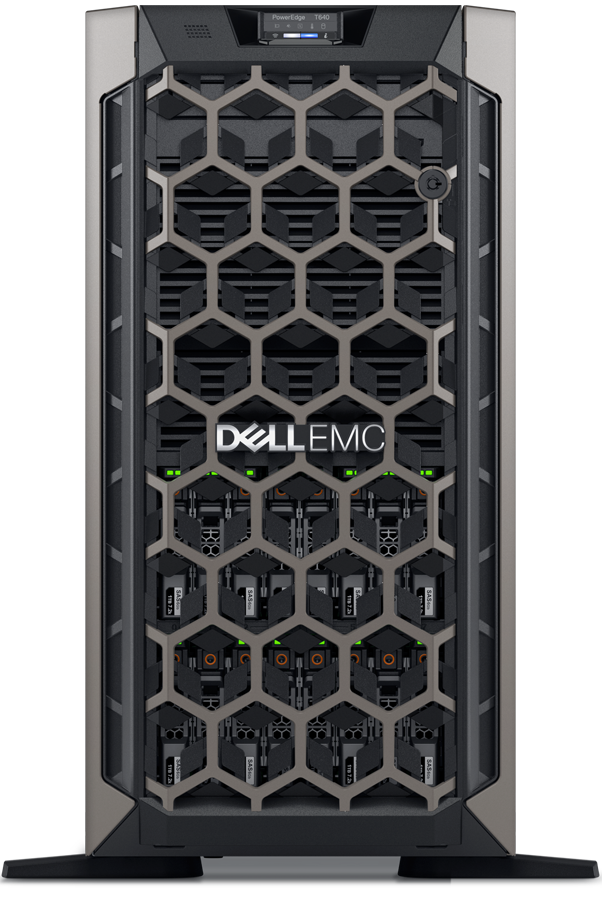VIRTUALIZATION
What is Virtualization?
Virtualization is the process of creating a software-based (or virtual) representation of something rather than a physical one. Virtualization can apply to applications, servers, storage, and networks and is the single most effective way to reduce IT expenses while boosting efficiency and agility for all size businesses.
Benefits of Virtualization
Improve asset utilization
Reduce capital and operating costs
Minimize or eliminate downtime
Build a true Software-Defined Data Center
Provision applications and resources faster
Enable business continuity and disaster recovery
Simplify data center management
Increase IT productivity, efficiency, agility and responsiveness
How Virtualization Works
IT organizations are challenged by the limitations of today’s x86 servers, which are designed to run just one operating system and application at a time. As a result, even small data centers have to deploy many servers, each operating at just 5 to 15 percent of capacity—highly inefficient by any standard.
Virtualization uses software to simulate the existence of hardware and create a virtual computer system. Doing this allows businesses to run more than one virtual system – and multiple operating systems and applications -- on a single server. This can provide economies of scale and greater efficiency.
A virtual computer system is known as a “virtual machine” (VM): a tightly isolated software container with an operating system and application inside. Each self-contained VM is completely independent. Putting multiple VMs on a single computer enables several operating systems and applications to run on just one physical server, or “host”.
Server Virtualization
Server virtualization addresses the inefficiencies by allowing multiple operating systems to run on a single physical server as virtual machines, each with access to the underlying server's computing resources. The next step is to aggregate a server cluster into a single consolidated resource – which improves overall efficiency and reduces cost. Server virtualization also enables faster workload deployment, increased application performance, and higher availability.
Network Virtualization
Network virtualization is the complete reproduction of a physical network in software. Applications run on the virtual network exactly the same as if on a physical network. Network virtualization presents logical networking devices and services—logical ports, switches, routers, firewalls, load balancers, VPNs and more—to connected workloads. Virtual networks offer the same features and guarantees of a physical network with the operational benefits and hardware independence of virtualization.
Desktop Virtualization
Deploying desktops as a managed service gives you the opportunity to respond quicker to changing needs and opportunities. You can reduce costs and increase service by quickly and easily delivering virtualized desktops and applications to branch offices, outsourced and offshore employees and mobile workers on iPad and Android tablets.
PARTNERS

















